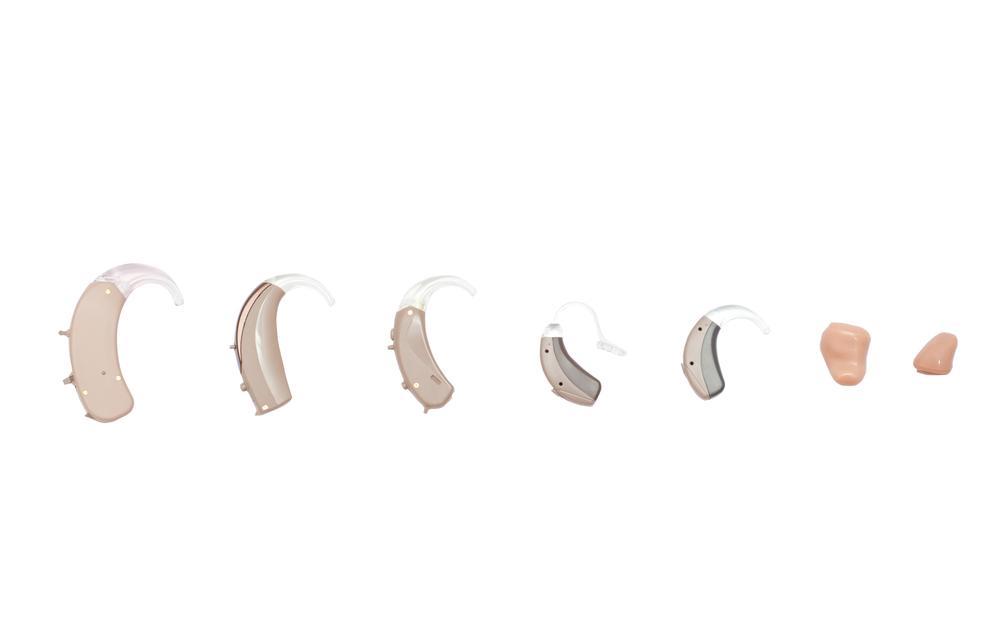Why You Should Consider Buying Digital Hearing Aids
Impaired hearing is a common problem and it can have a negative impact on your lifestyle and relationships. However, a hearing aid has long been a practical solution to this problem. Now, you can get digital hearing aids that can be minutely adjusted to each person’s needs.
Hearing Loss
Hearing loss affects around 48 million people in the country. Most of these are senior citizens. This is because of sensorineural degeneration.

Analog or digital hearing aids
The fundamentals of all hearing aids are the same. They consist of a microphone, an amplifier, and a receiver. The microphone helps detect and catch the sound waves, the amplifier converts it and makes the sound louder, and the receiver directs these audio waves into the ear canal for better hearing.
Analog hearing aids
In analog hearing aids, the sound is simply made louder including disruptive noise. The amplified sound waves can help the person hear better. Some analog hearing aids are programmable, though they are not as complex as full digital hearing aids. These programmable analog hearing aids include a microchip. The amplified sound waves are directed into this microchip thanks to certain pre-programmed settings which can be customized for different environments. The microchip then adjusts the amplification to suit the surroundings and also performs some background noise-cancellation to increase clarity.
Although traditional analog hearing aids have all but disappeared, programmable hearing aids are still popular with certain people. Analog hearing aids are also less expensive than digital hearing aids.
Digital hearing aids
These devices use Digital Signal Processing (DSP) technology. The sound waves are first converted into digital signals. This enables a deeper analysis of the signals. The microchip can clearly identify speech signals and background noise. So, speech signals can be strengthened and background noise can be suppressed. After processing the signals, the adjusted digital signals are converted back into sound waves before they are sent back to the receiver that sends the sound waves into your ear canal.
Other advantages of digital hearing aids
Besides enhanced analysis and processing of audio signals, digital hearing aids are also customizable to suit different customer needs. This is why you have to get an audiogram, a graphic representation of your hearing pattern before you can get a digital hearing aid.
They also come with other features like directional microphones which tune in to the position of the speaker to best receive the essential sound waves. They also include Feedback Suppression which cancels out interference like whistling noises. Most models also come with settings for different environments and automatically adjust the noise suppression levels as well as speech amplification as needed.
Many models come with direct audio input and Bluetooth technology. These allow you to connect to audio from devices like TVs, smartphones, tablets etc.
Digital hearing aids can also come in different types based on how you wear them. These include in-the-canal, behind-the-ear, and in-the-ear hearing aids. Choose based on your needs and your comfort level while wearing them.
Some top brand hearing aid models and their approximate prices
– Kirkland Signature Premium digital hearing aids: $1,699.99 for a Pair
– Ovation Excel digital hearing aid: $399
– Signia Cellion Primax: $1,799
Digital hearing aids are highly customizable, offer a lot of different functionalities, and can auto adjust according to different environments to help you hear better. They are also unobtrusive, the whole device fits perfect inside or behind your ear. They also come with technologies that help you hear telephone conversations better, tune in to audio signals from television programs, streaming media on smartphones, tablets etc.




